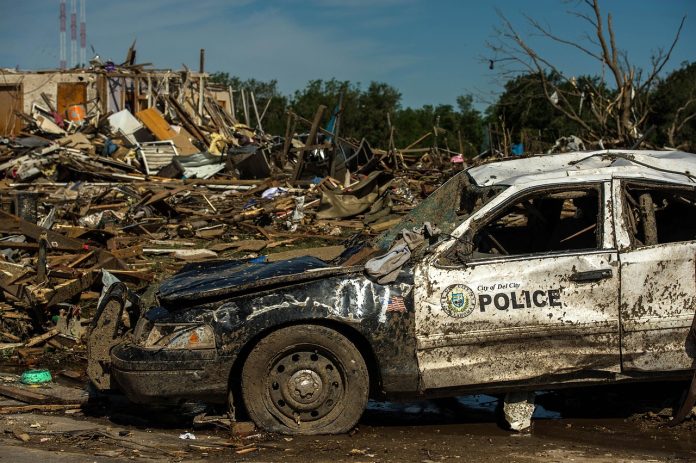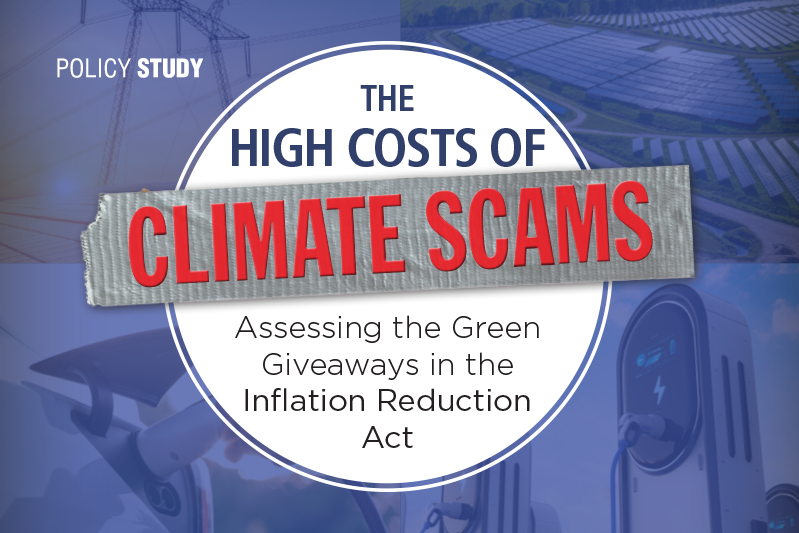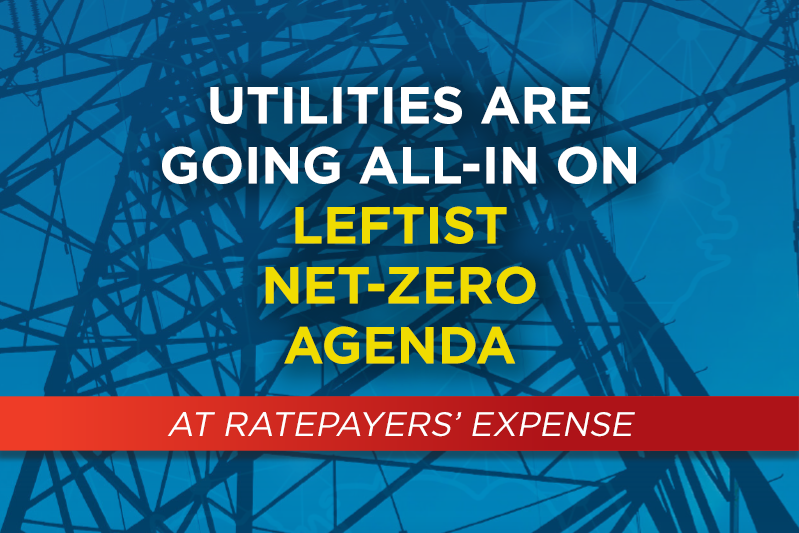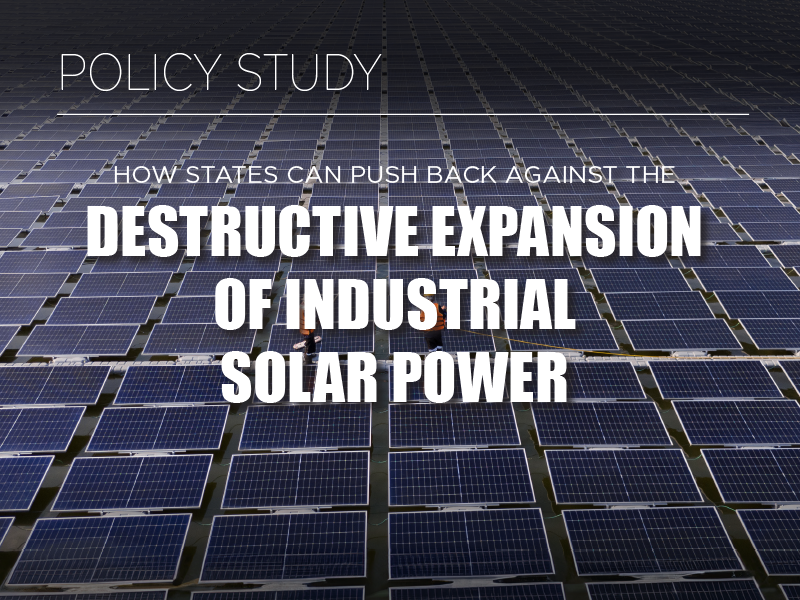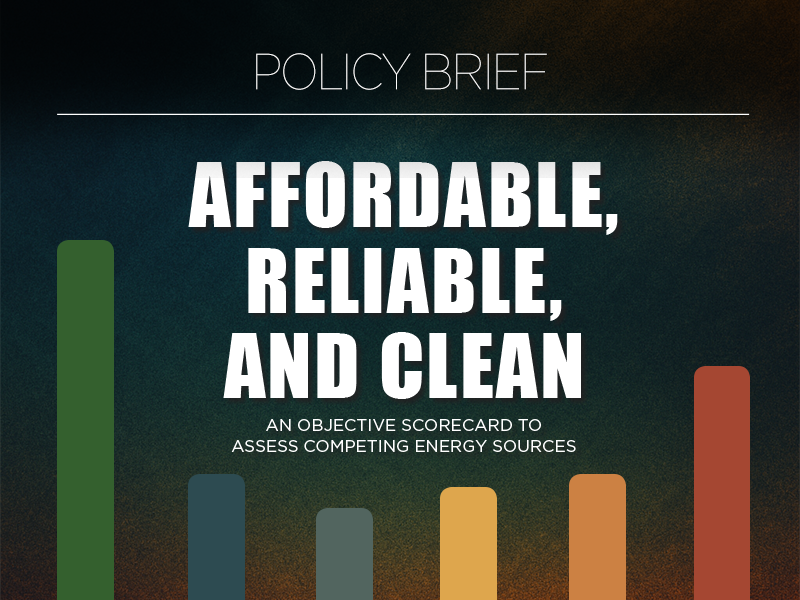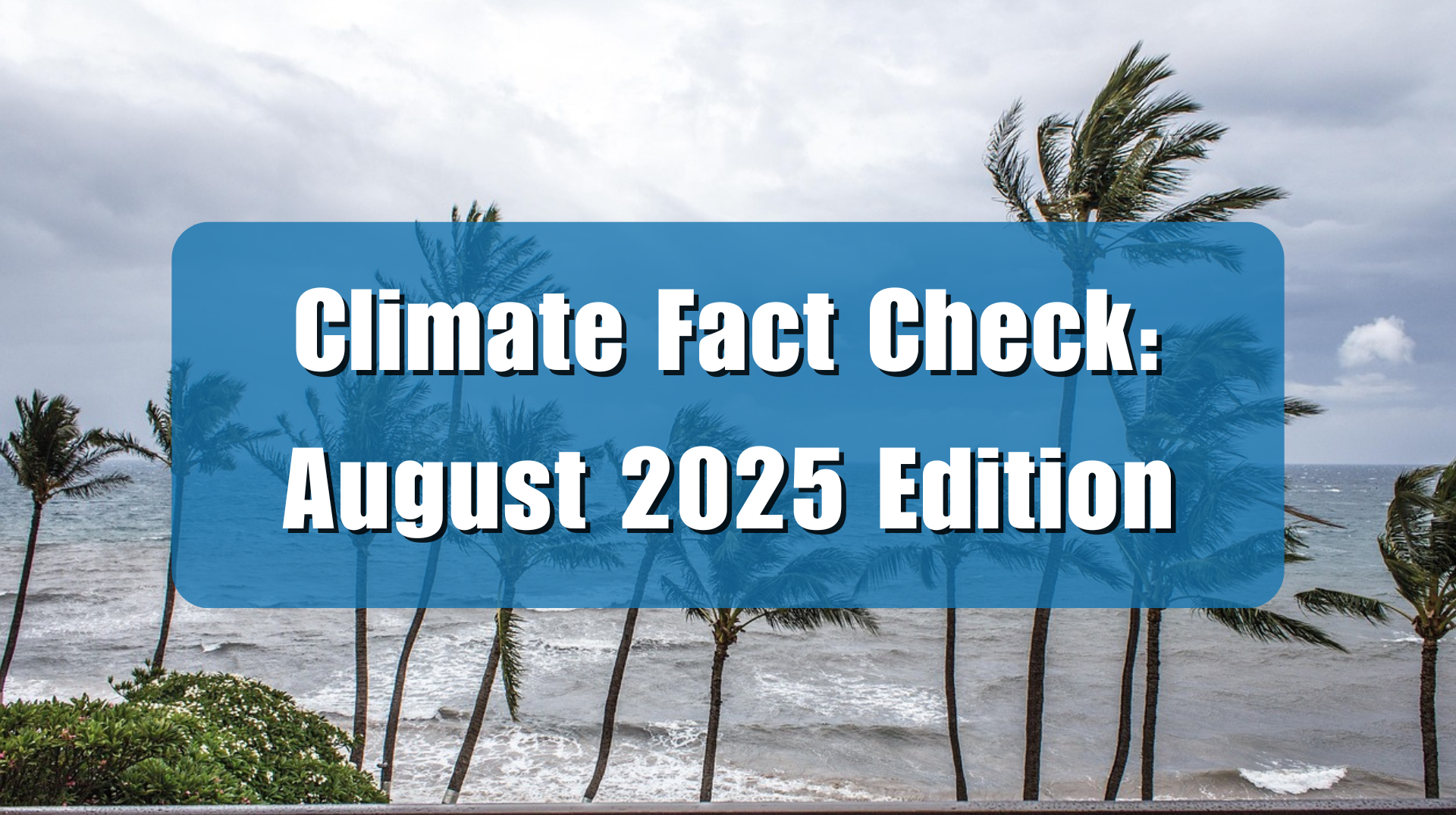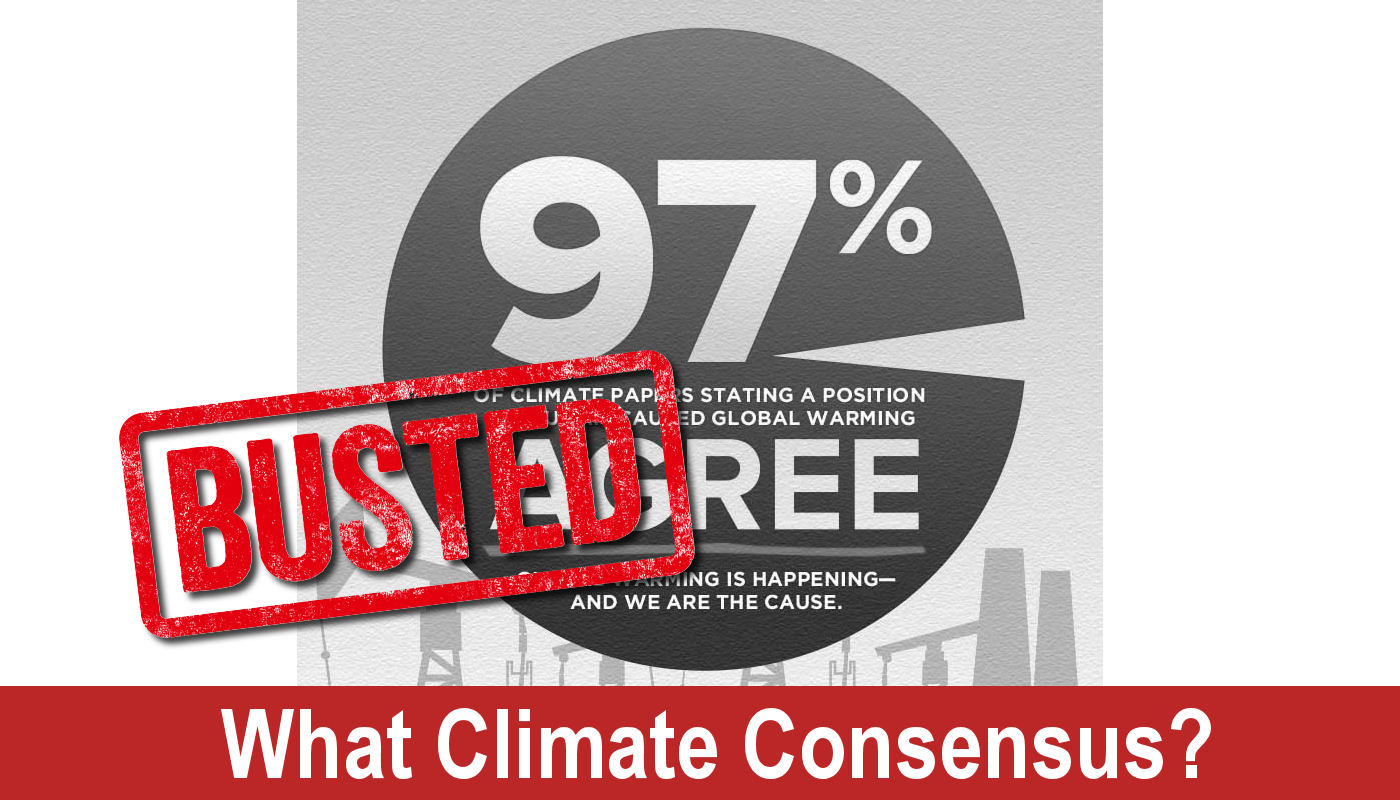An NBC New story reports on the rising costs of natural disasters, citing an analysis from one of the world’s largest re-insurers, Munich Re. For the most part, the story is accurate, detailing the high costs of natural disasters so far in 2025 and in recent years, honestly reporting the most destructive events have been earthquakes and that the rising costs of damage from extreme weather events is due largely to urban development in disaster prone areas. This is a growing problem as more and more people move to such locations. Unfortunately, late in the story NBC felt the siren call of climate alarm, briefly diverting an otherwise accurate report, into the fiction that climate change is making such disasters more common.
In the NBC story, “Billion-dollar disasters: The economic toll of wildfires, severe storms and earthquakes is soaring,” Denise Chow, the writer reports:
Weather disasters in the first half of this year have cost the United States $93 billion in damage, according to a report released Tuesday by a German multinational insurance company.
The report shows the soaring economic toll that wildfires, severe storms and other extreme events are exacting in the U.S. and globally.
The devastating wildfires in Southern California in January topped the list of the [U.S.]’s costliest disasters in the first half of 2025. The two largest fires, which killed at least 30 people and displaced thousands more, ripped through the communities in Pacific Palisades and Altadena, fanned by strong Santa Ana winds.
Munich Re estimated that the wildfires caused $53 billion in losses, including about $13 billion in damages for residents without insurance. The reinsurer said the Los Angeles-area blazes resulted in the “highest wildfire losses of all time.”
The wildfires’ huge economic and societal toll was due in part to increased development in fire-prone areas.
“Losses are on the rise because often properties are in harm’s way,” Tobias Grimm, Munich Re’s chief climate scientist, said. “People still live in high-risk areas.”
The deadliest natural disasters were earthquakes in Myanmar, which claimed more that 4,500 lives, and in Taiwan, which was expensive but not nearly as deadly.
So far, this is straight reporting. But then the wheels fell off the trolley
“Urban development in hazard-prone areas can similarly drive up the cost of other weather-related disasters, such as hurricanes and flooding, which are becoming more frequent and severe due to climate change,” opined Chow, who cited the climate alarm promotion group, World Weather Attribution (WWA) to claim that climate change is making drought and wildfires worse, specifically making the California wildfires 36 percent more likely to occur.
First, WWA is not an honest broker. Climate Realism has debunked its flawed attribution based- on-computer-model generated-counterfactual histories, here, here, and here, among other posts.
In addition, although in furtherance of the climate alarm narrative mainstream media reports on wildfires has increased, real-world data from NASA and the European Space Agency show that globally wildfires have declined substantially during the recent period of slight warming. Also, drought severity and frequency have not appreciably increased, amid a slight increase in precipitation.
Even the record of the costs of natural disasters is not all bad. As reported in previous Climate Realism posts, even as the costs of natural disasters have increased due to inflation, rising property values, and the bullseye effect of ever more people moving to, and infrastructure being built in, areas prone to certain types of meteorological and geological events, the costs as a function of GDP have fallen over the past century. Professor Roger Pielke Jr., Ph.D., examined historical data on weather disaster losses and found the inflation adjusted costs of weather-related catastrophes have declined over the last 20 years as a percentage of GDP. (See the figure, below)
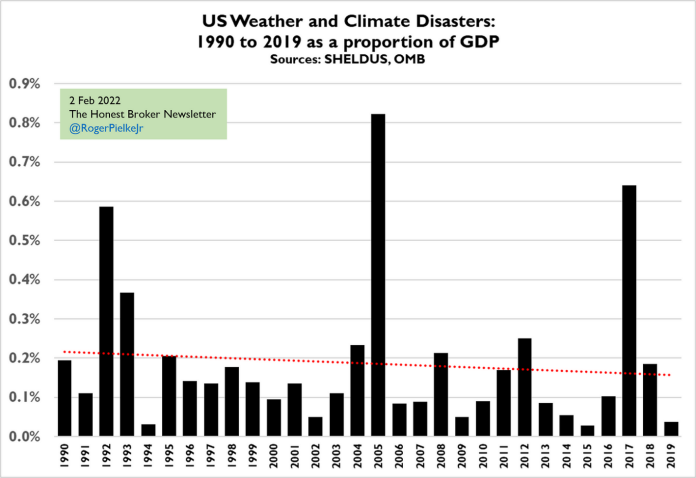
To sum up. Natural disasters are costly in terms of destroyed property, lives disrupted, and all too often in terms of lives lost. However, there is no real-world data showing such disasters are becoming more common or deadly, or any indication whatsoever that human greenhouse gas emissions cause or contribute to them. Nor is there any evidence that ending fossil fuel use will prevent hurricanes, earthquakes, floods, wildfires, droughts, tornados or volcanic eruptions from occurring in the future. The evidence suggests that the best response to natural disasters is better planning, greater wealth, improved infrastructure, and the pursuit of policies that leave society resilient in the face of, and better able to adapt to, natural disasters when they strike.













